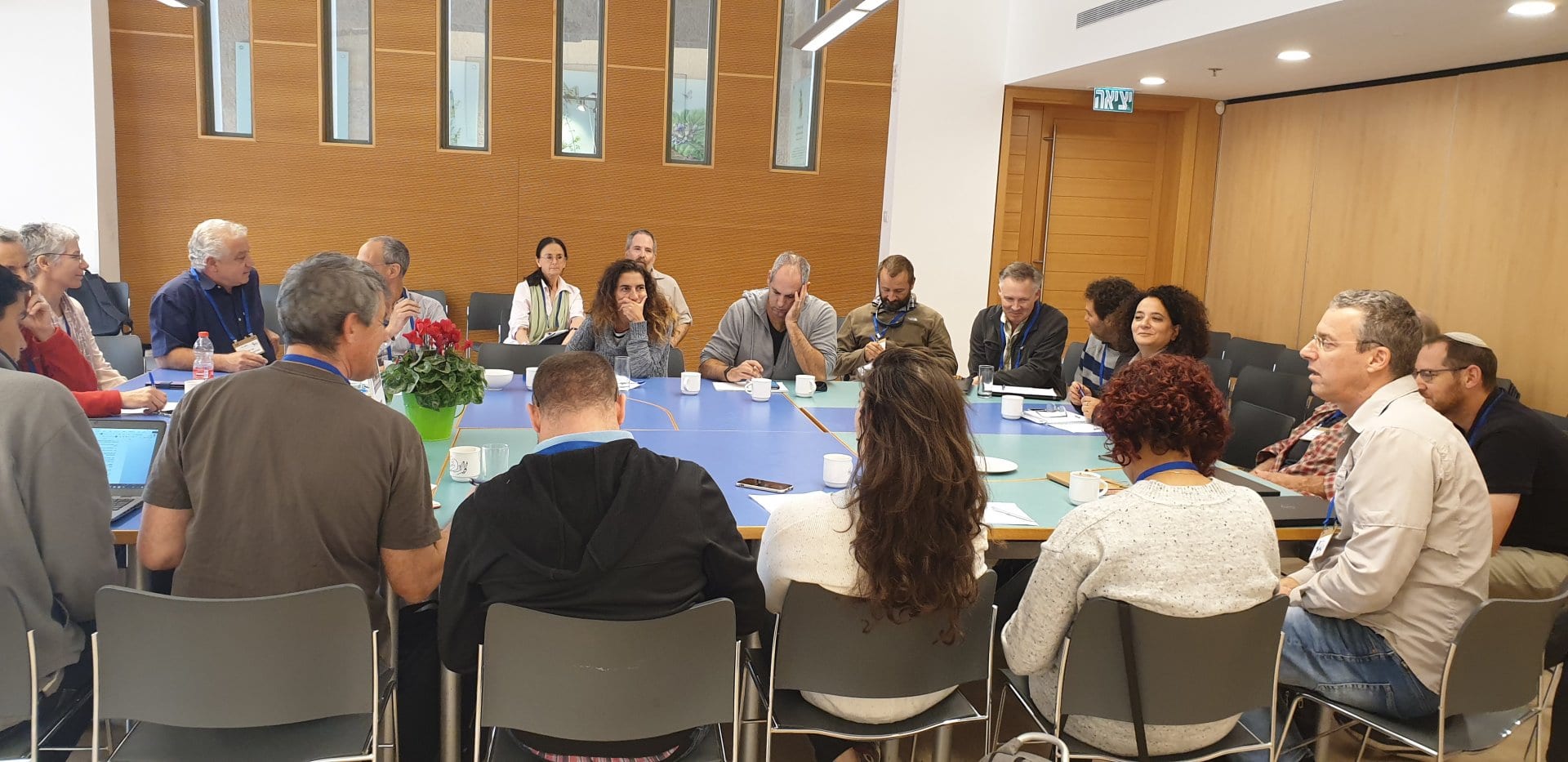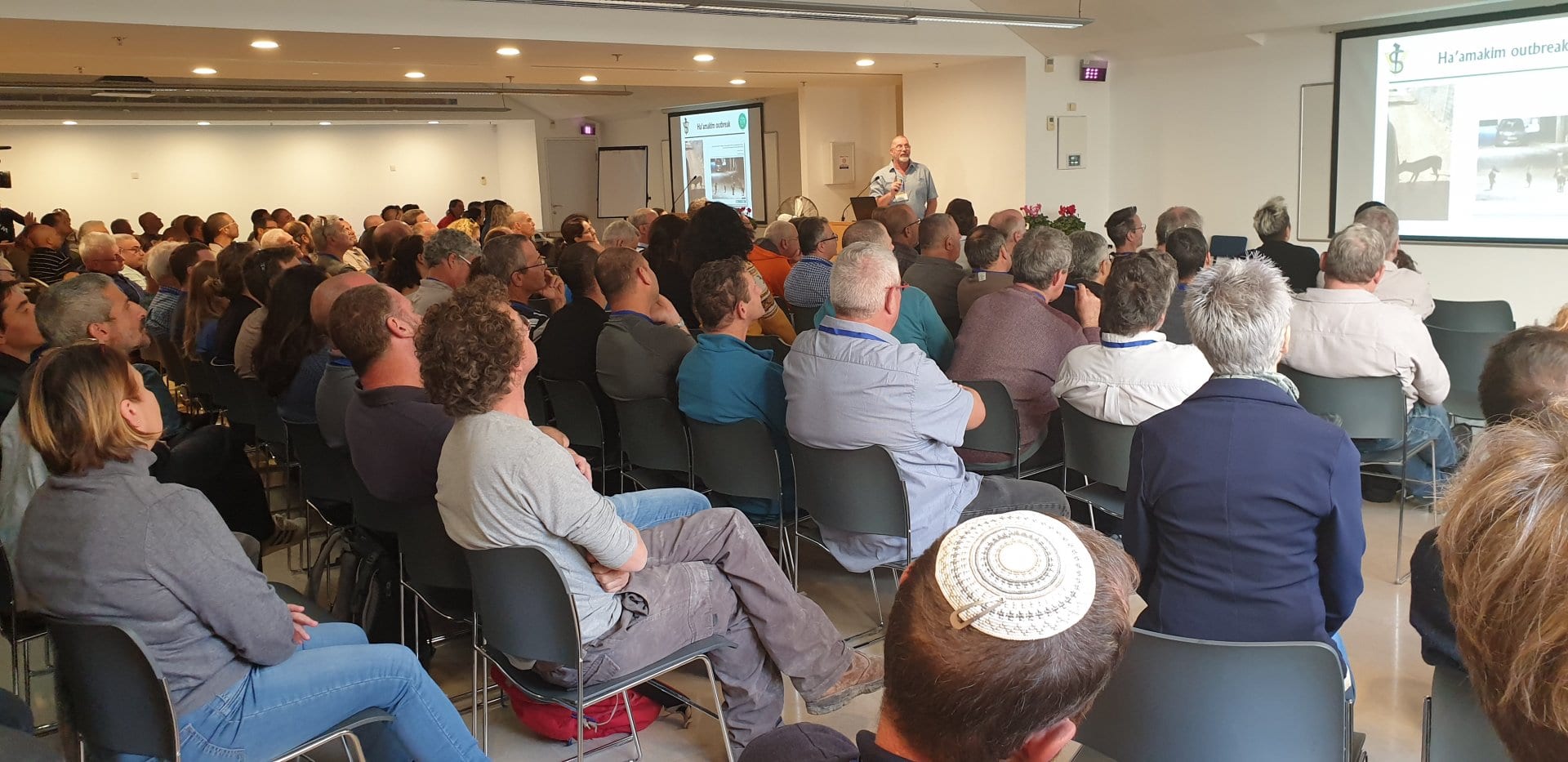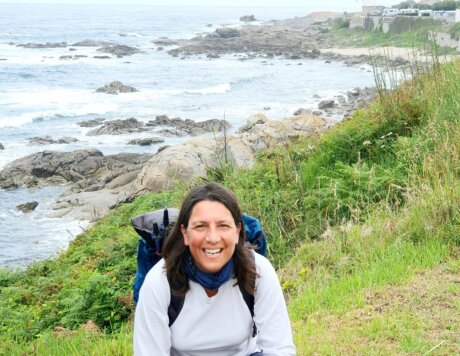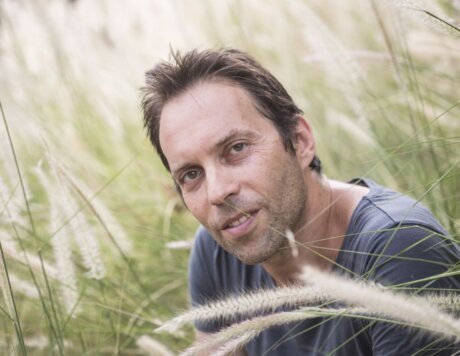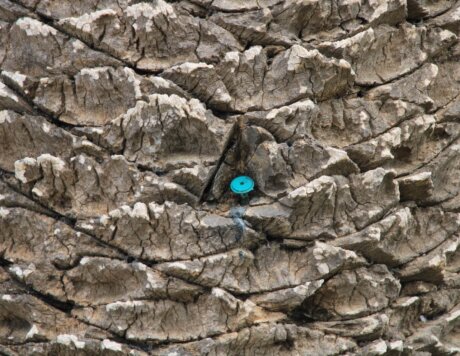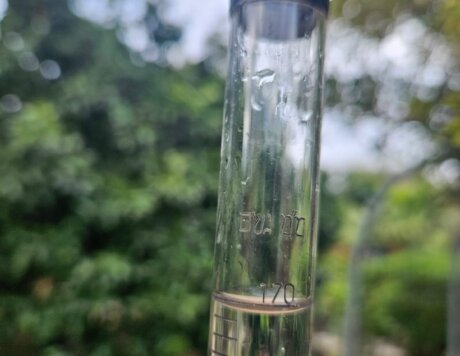Until only a few years ago, an encounter with a wild boar or hyaena on the city streets or even in nature was considered a special and even emotional event. In recent years this has become a routine occurrence in many places around the country: wild boar roam freely in the suburbs of Haifa, Tivon and Zihkron Ya’akov in search of food, there is a known hyaena roaming freely among backyards in Modi’in, and in many places around the country jackals enter backyards and of course, agricultural fields, in search of food scraps.
A reduction in wild animals’ living territories, due to construction and development on the lands that comprise their habitats, and the great ease with which they can find food in rubbish bins and agricultural fields, create an ever-worsening conflict. Farmers earn their living with great effort and are desperate for a solution; encounters with wildlife in the city create fear and are hazardous; and the continuing growth of these populations, known as ‘overabundant species’, leads to competition over the land and its resources, and suppression of other less versatile species
.



